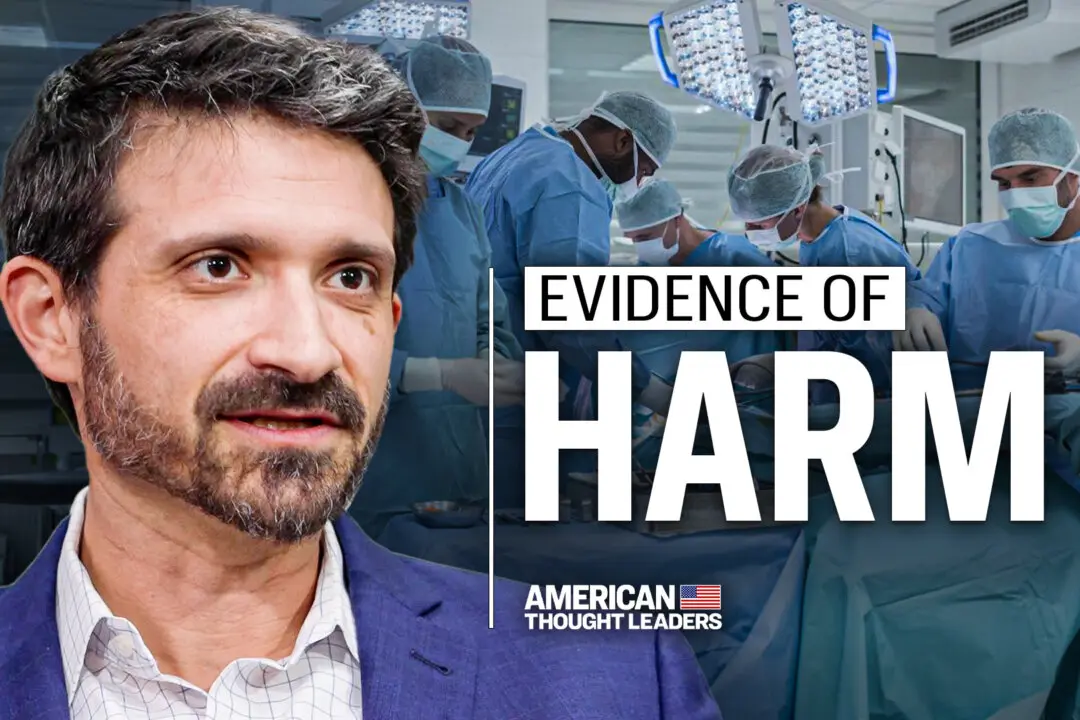Spike proteins generated by the SARS-CoV-2 virus and the mRNA COVID-19 vaccine are causing brain fog and other “profoundly disabling” neurological symptoms in some patients, according to Dr. Paul Marik, a critical care doctor.
“The truth of the matter is that spike protein is probably one of the most toxic compounds that human beings can be exposed to, and its toxicity is through multiple different pathways that we’re just beginning to understand,” Marik said in a recent interview with EpochTV’s “American Thought Leaders.”






